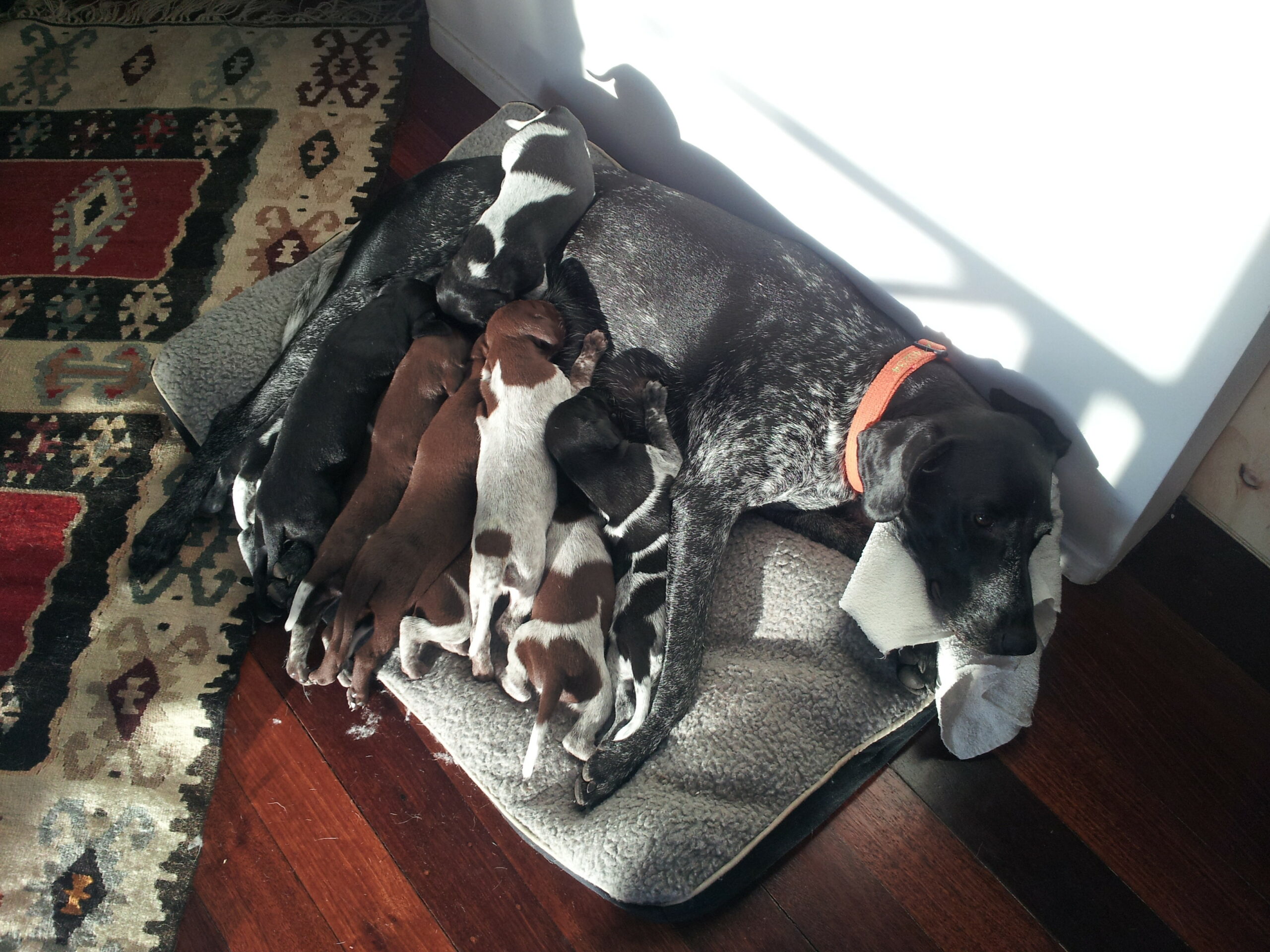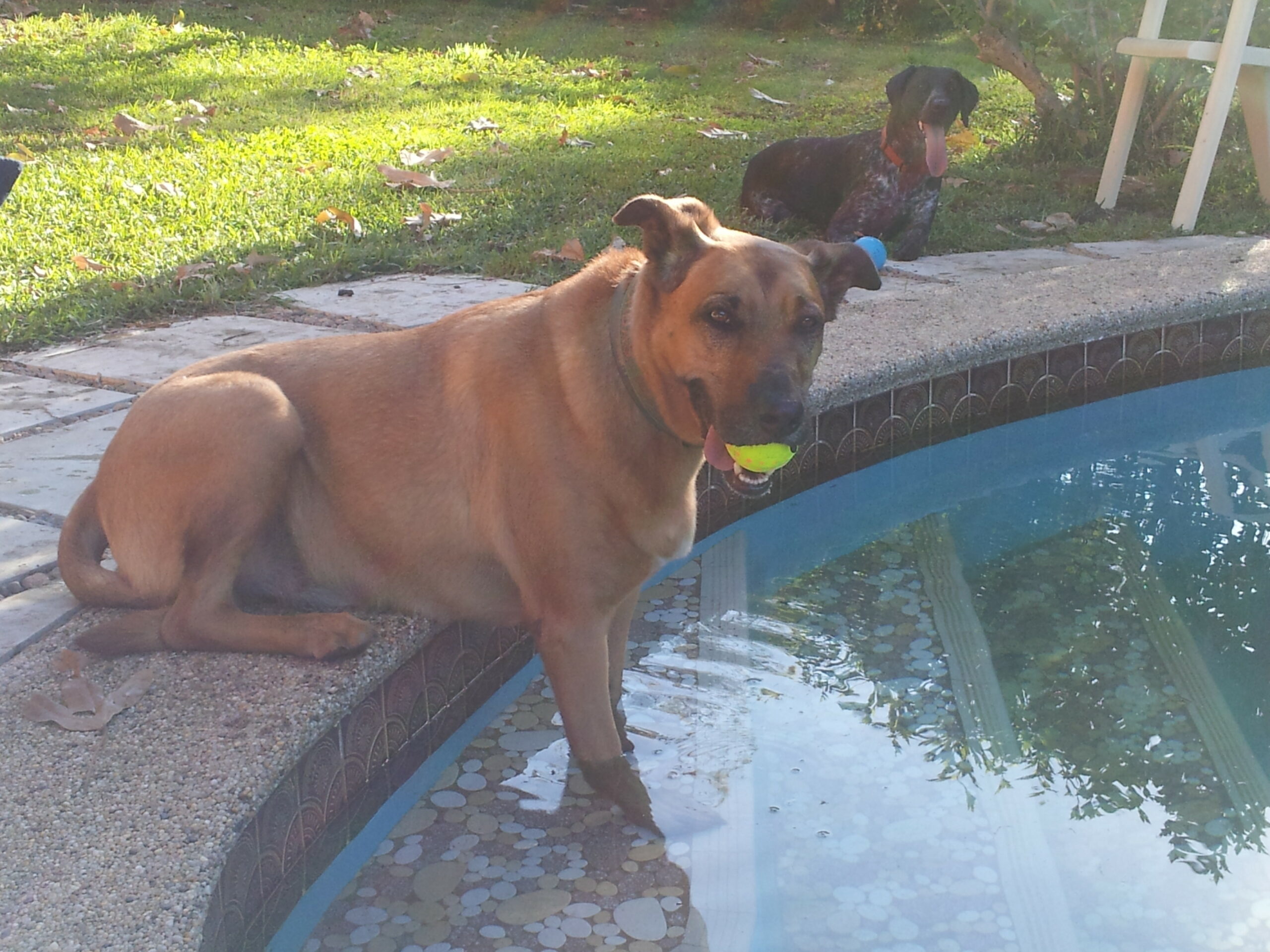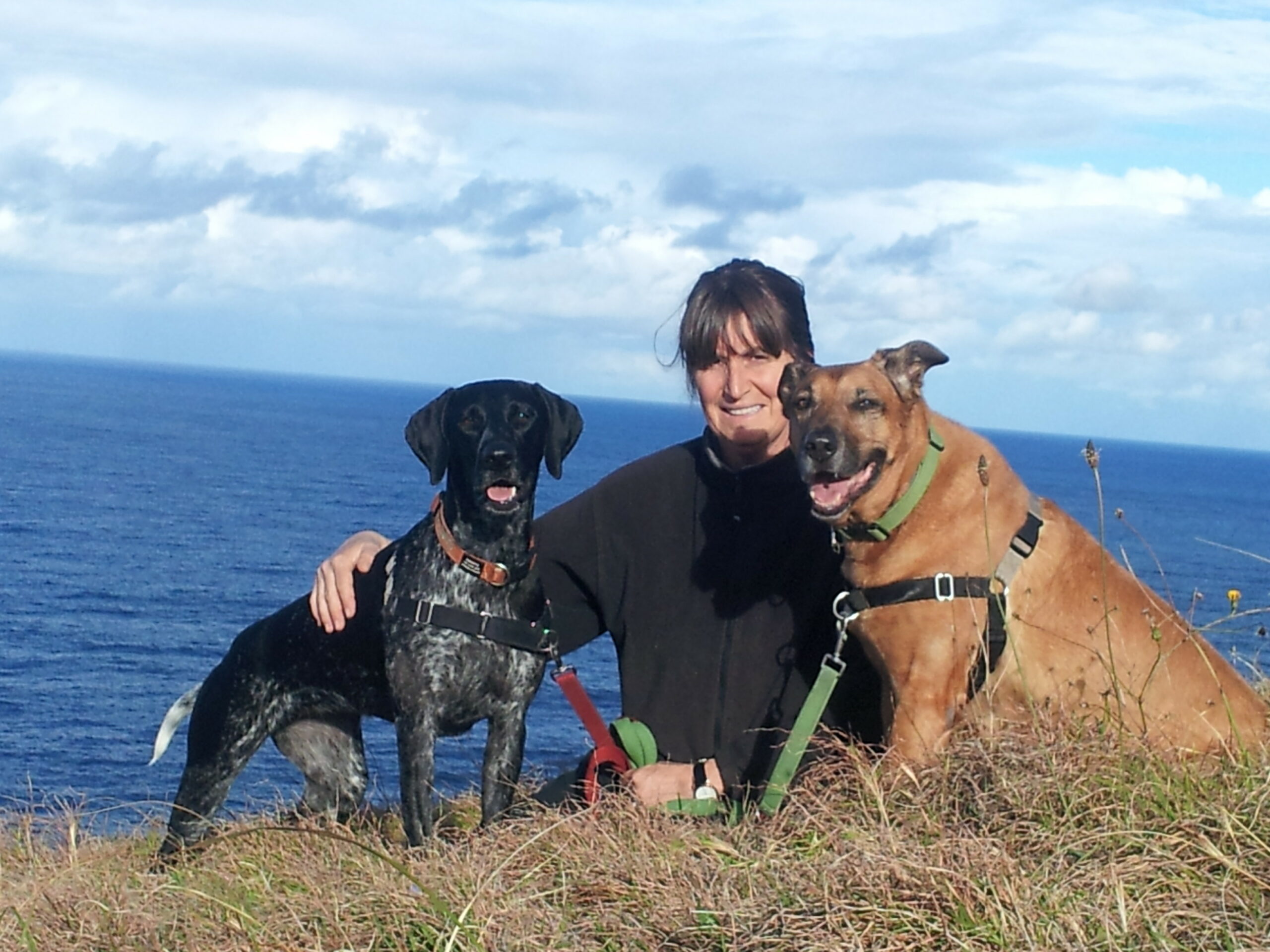Barks Blog
Expectations, Disappointment And Opportunities
When we get a puppy or a rescue dog, as a first time or an experienced dog owner or as a competitor in a dog sport, we have certain expectations. We hope for the perfect companion or the perfect agility dog.

Depending on our level of experience we try to make sure we get it right. We might research first the breeds, then the breeders, look for the best puppy pre-school and best teenage dog classes, join a club or train with our ‘doggie’ friends. However, regardless of how well we are prepared, sometimes it just does not go to plan and turn out the way we expected or hoped it would.
A first time dog owner may have bought the puppy at a pet shop and the puppy started showing signs of being overly fearful already at puppy pre-school but no one picked it up. Maybe because the class had too many puppies attending, the instructor was inexperienced, not qualified or just did not see it. The pup now starts to be increasingly fearful, cannot be left alone and is very slow to pick up training.
An experienced owner did all the research, got the puppy from a responsible breeder, attended a good puppy pre-school but when reaching teenage hood the dog starts to be more and more spooked by seemingly normal things.
Or a well-meaning owner adopted a dog from the local shelter, during the trial period the dog seemed ok if a little bit shy but now after a few weeks he shows reactivity towards other dogs or strangers.
A successful agility competitor got a high drive dog from an experienced breeder but the dog is too highly aroused and despite the best efforts does not succeed in competition and cannot cope with these highly distracting environments.

While a lot of these problems can be overcome with early and appropriate interventions some dogs will never be the dog we hoped for. Despite a lot of work the dog remains reactive on leash when surprised or at close proximity, has a hard time coping with being left alone or an agility trial environment is just too much for them to perform.
If a dog does not live up to the expectations, depending on the owner and the owner’s situation the dog might end up in the shelter and their prospects are rather bleak. In Australia alone 180’000 cats and dogs are euthanized annually, a lot of them for behavioral reasons at a very young age.
On a side note, a lot of dogs end up in shelters for completely normal juvenile behaviors, just because there was not enough socialization and training or the owner was not ready for the work involved in bringing up a well-adjusted dog. Or the trainers were not able to normalize the dog’s behavior and put it into perspective.
On the other hand there are owners who embark on a life changing journey with their challenging pup or rescue dog.
After an initial period of denial when owners still try taking their reactive dog to the coffee shop or dog park or hope their puppy might ‘grow out of it’ they start realizing that this is probably not the right way to go. There might be a feeling of guilt because after trying to figure out what had gone wrong they are confronted with the fact that their dog came from a puppy mill or a backyard breeder and they feel guilty for not realizing earlier what kind of problems this could cause. Or they were so overwhelmed that they were looking for a quick fix using outdated training methods based on pain, coercion, force and fear which made the problem worse.

They might even feel depressed or lonely as no one seems to understand what they are going through; especially owners who have really bonded with their dog and giving up on them is not an option. They also might feel alienated from the ‘normal’ dog owning population who seem to think a dog who is reactive on the leash, cannot go to the dog park or coffee shop is the ‘fault’ of the owner at the other end of the leash.
But there is light at the end of the tunnel as the owners adjust and seek qualified help for their dog, come to terms with some of the restrictions such as not going to the dog park and will find new ways of enjoying life with their challenging dog. They might go to a class that caters for their special needs dog and meet other dog owners who are going through the same experience. They might also find suitable options such as nose work or trick training for their dog to participate.
Some owners find an interest in challenging dogs or dogs at shelters and start volunteering to help these less fortunate dogs to become more adoptable.
And some might embark on a learning journey and ‘end up’ as dog trainers. Many professional dog trainers, including me, started out with a dog who did not live up to the expectations. Thanks to my challenging dog I found my vocation and a new career.
When I realized that Zorbas was never going to be the Agility dog I hoped for and after an initial time of denial and grief I started my education to understand what was going on. He came from a backyard breeder, he did a bad puppy class and at that point I did not know what proper socialization means or how to desensitize and counter condition. In time we both adjusted, we now have a deep bond and at almost 14 years of age he is enjoying retirement. I do not say it was easy but if I only ever had ‘nice’ dogs like Shellbe who is doing well in Agility and Rally O and is great to live with I could not relate to owners of dogs who do not live up to their expectations and what they are going through. Shellbe is fun and exciting but Zorbas taught me much more for the better or the worse.

The only regret I am having is that I did not know then what I do now. I think I could have made a difference.
